| |
| |
| |
| Presented By ConocoPhillips |
| |
| Axios Generate |
| By Ben Geman and Andrew Freedman · Feb 27, 2023 |
| 🥞 Good morning! Today's edition has a Smart Brevity count of 1,258 words, 5 minutes. 🚨 U.S. climate envoy John Kerry tells The Boston Globe he plans to remain in the role at least through the UN climate summit late this year. 🎶 Sunday marked 15 years* since Erykah Badu released "New Amerykah Part One," which provides today's intro tune... |
| |
| |
| 1 big thing: America's hurricane wind risk problem |
 Data: First Street Foundation; Map: Erin Davis/Axios Visuals During the next 30 years, new research shows the risks of hurricane-caused wind damage will grow along the East and Gulf coasts, expanding into inland areas previously thought to be out of reach of most of these storms, Andrew writes. Why it matters: How wind damage risks are priced into insurance policies and whether they are disclosed to prospective home buyers has major implications for the real estate and insurance industries. The big picture: The report, from the nonprofit First Street Foundation, says hurricane wind risks tend to be underestimated because insurers and state agencies base insurance rates on historical weather and loss data that fails to consider climate change. - The study uses a mix of historical trends and sophisticated, peer-reviewed computer modeling techniques.
- The researchers found that more than 13.4 million properties will be exposed to tropical storm force or greater wind risk in 30 years that are not currently.
- Property level damage estimates show an increase from an annual loss of about $18.5 billion in 2023 from hurricane winds to $19.9 billion in 2053.
Between the lines: The increasing exposure to such storms is tied to increasing air and ocean heat content, along with related changes in atmospheric moisture. - First, climate change is forecast to boost the proportion of storms that reach major hurricane status of Category 3 or above.
- Second, storm tracks are shifting further north in some oceans, putting areas in the crosshairs.
Zoom in: Florida faces outsized economic risks relative to the rest of the country and even other Gulf Coastal states, and is projected to account for $14.3 billion of the nation's $19.9 billion in annualized losses in 2053. - Researchers found a gradual northward shift in the riskiest areas in the state, with gains in Jacksonville and even West Palm Beach, with a slight decrease in danger in Miami.
- The Mid-Atlantic would see the largest increase in maximum wind speeds, and the Northeast would see annual wind damages increase by 87% between now and 2053.
The intrigue: First Street's model shows an inland push in the percentage of properties at risk of hurricane wind damage during the next 30 years, since stronger storms can maintain their intensity over greater distances once they come ashore. - This has implications for resilience planning in multiple states.
Yes, but: Model errors, or oversights in the property risk analysis, could mean the study inaccurately estimates hurricane vulnerability for some areas. Read the whole story |
    |
| |
| |
| 2. Three DOE things: Batteries, transmission, gas |
 |
|
| Illustration: Aïda Amer/Axios |
| |
| 💰Battery recycler Li-Cycle has a conditional $375 million financing commitment from the Energy Department's loan programs office, Ben writes. - Why it matters: It's the latest in a suite of Biden administration loans and grants to help build a domestic supply chain for EV batteries.
- The big picture: Li-Cycle says its plant in Rochester, NY is slated to be North America's "first commercial hydrometallurgical battery resource recovery facility and the first source of recycled battery-grade lithium carbonate production."
- Zoom in: Axios Pro Climate Deals' Megan Hernbroth has more on the news. Subscribe and you won't regret it.
👀 DOE may offer a "government endorsement for natural gas that meets a minimum standard for cleanliness," Politico reports. - Why it matters: The story, citing industry sources familiar with the plan, says it would help the sales of U.S. producers "even as nations ratchet down fossil fuels dependency to address climate change."
📝 A granular draft DOE study looks regionally at the "pressing need" to expand transmission to meet various challenges, ranging from reliability to integrating more renewables to supporting EVs and electrification. |
    |
| |
| |
| 3. A new setback for solar-powered cars |
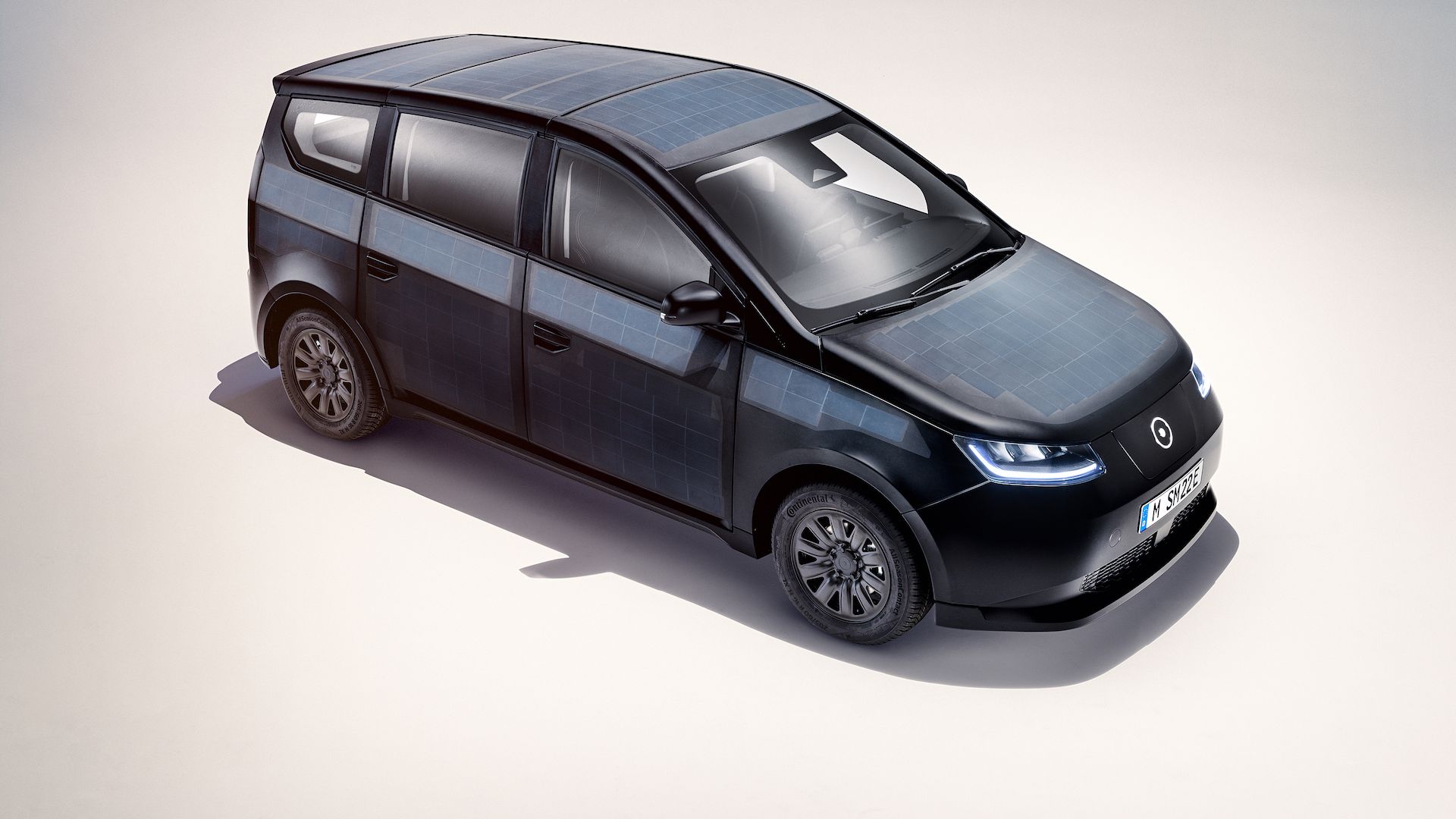 |
|
| The Sono Sion has solar panels embedded in its polymer body panels. Photo courtesy of Sono Motors |
| |
| A cool idea — solar panels that give EVs added range — is proving tough to get off the ground, Ben writes. Driving the news: Sono Motors, a German startup, has abandoned plans to sell the Sion, a $25,000 vehicle with embedded solar panels. - Sono will pivot to "retrofitting and integrating our solar technology onto third party vehicles," it said Friday, citing customers including two VW subsidiaries that make trucks and buses.
- That means 300 of Sono's employees are "redundant," CEO Laurin Hahn said in a statement Friday that expresses gratitude for their efforts.
The big picture: Sono is among several firms looking to blend solar and battery-powered transport — and hitting hurdles. - Dutch startup Lightyear's parent declared recently bankruptcy, but Lightyear said last week it will continue as a new firm.
- Bloomberg notes California's Aptera Motors has "struggled with a crowd-funding campaign to commercialize its three-wheeled vehicle."
Zoom in: Hahn's announcement is a window into the challenges facing EV startups. - "We weren't able to convince investors in light of the ongoing financial market instability to invest in a capital-intensive hardware product."
|
    |
| |
| |
| A message from ConocoPhillips |
| Responsible resource development with extensive public benefits |
| |
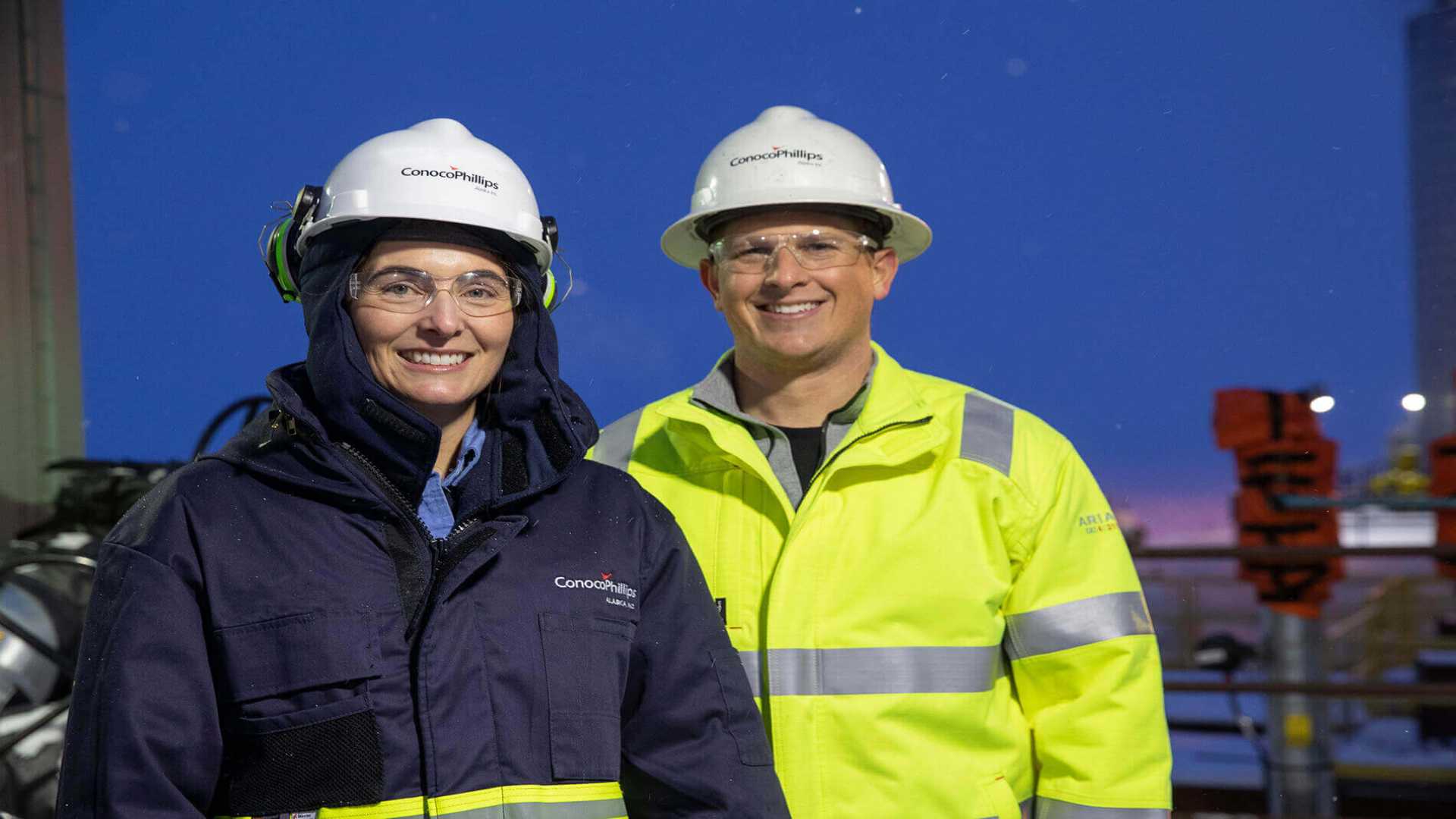 |
| |
| The Willow project fits within the Biden Administration's environmental and social justice priorities plus enhances our energy security. It'll create opportunities for union labor and generate economic benefits to support Native Alaska communities and the U.S. economy. Hear from Alaskans. |
| |
| |
| 4. 🏃🏽♀️Catch up fast on oil and gas |
| 🛢️New research finds a "significant share" of Russian oil is being sold above the G7-led price cap, data that "reinforces the need for stepped-up enforcement," Ben writes. - Why it matters: U.S. officials have touted the policy as a novel way to keep Russian barrels on global markets while stymieing revenues for Vladimir Putin's regime.
- Yes, but: Researchers with Columbia University, the Institute of International Finance and elsewhere raise questions about its efficacy to date. They also call for lowering the $60-per-barrel cap.
- The intrigue: Architects of the policy have noted, however, that the price cap gives non-participating buyers — notably China and India — more pricing leverage with Russia. Bloomberg has more.
💰 "Abu Dhabi National Oil Co (ADNOC) will increase the stake in its gas business being offered in an initial public offering to 5% from 4%, the state oil giant said on Monday," Reuters reports. 🤝U.S. LNG exporter Venture Global on Friday announced a pair of 20-year deals with China Gas that will supply a combined 2 million metric tons annually. - What's next: The shipments begin in 2027, per multiple outlets. Natural Gas Intelligence has more.
- The intrigue: Venture Global "has rocketed to the top ranks of LNG developers with its ability to obtain financing and rapidly build plants as rivals struggled," Reuters notes.
|
    |
| |
| |
| 5. UN boss endorses climate lawsuits against companies |
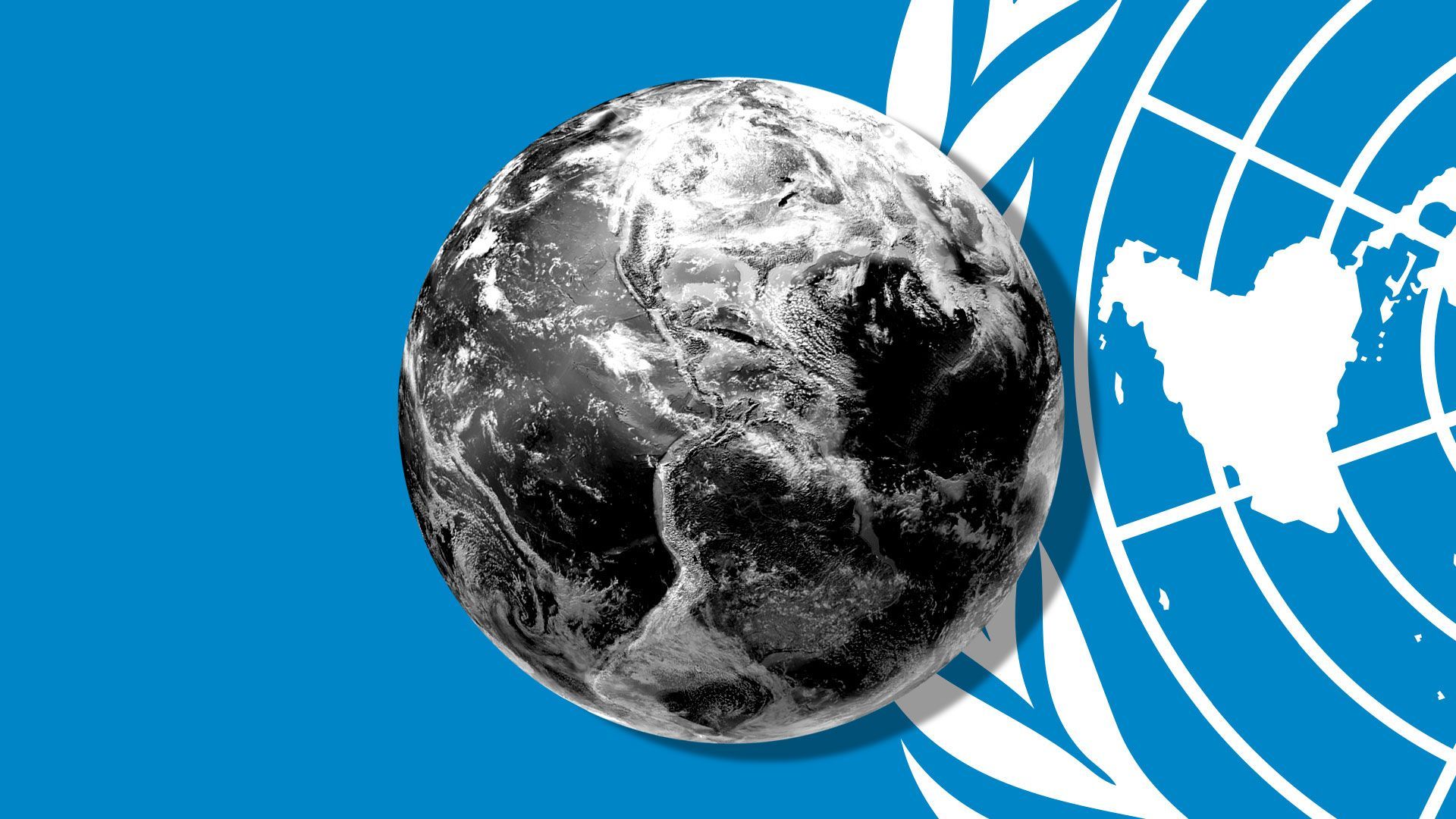 |
|
| Illustration: Eniola Odetunde/Axios |
| |
| UN Secretary-General António Guterres this morning endorsed climate lawsuits against "climate-wrecking corporations," Ben writes. Why it matters: The comments — while lacking specifics — appear to be his first explicit support for litigation against fossil fuel companies. Driving the news: In a speech to the UN's Human Rights Council, Guterres called lawsuits an "important step forward." - He said producers and their financiers must understand that "pursuing mega-profits when so many people are losing their lives and rights, now and in the future, is totally unacceptable."
The big picture: It's an escalation of Guterres' adversarial stance toward oil and gas companies. - For instance, last month he attacked some producers for allegedly obscuring what their internal scientists knew about human-caused warming.
The intrigue: Despite Guterres' posture, some industry officials hope the next annual UN climate summit — hosted by the United Arab Emirates — will welcome their views on energy transition. Zoom in: Oil and gas producers have faced climate lawsuits in a number of venues. - U.S. cities and states have sued — without success to date — oil majors over climate damages.
- But in 2021, a Dutch court ordered Shell to cut emissions.
|
    |
| |
| |
| 6. California's astounding storm streak |
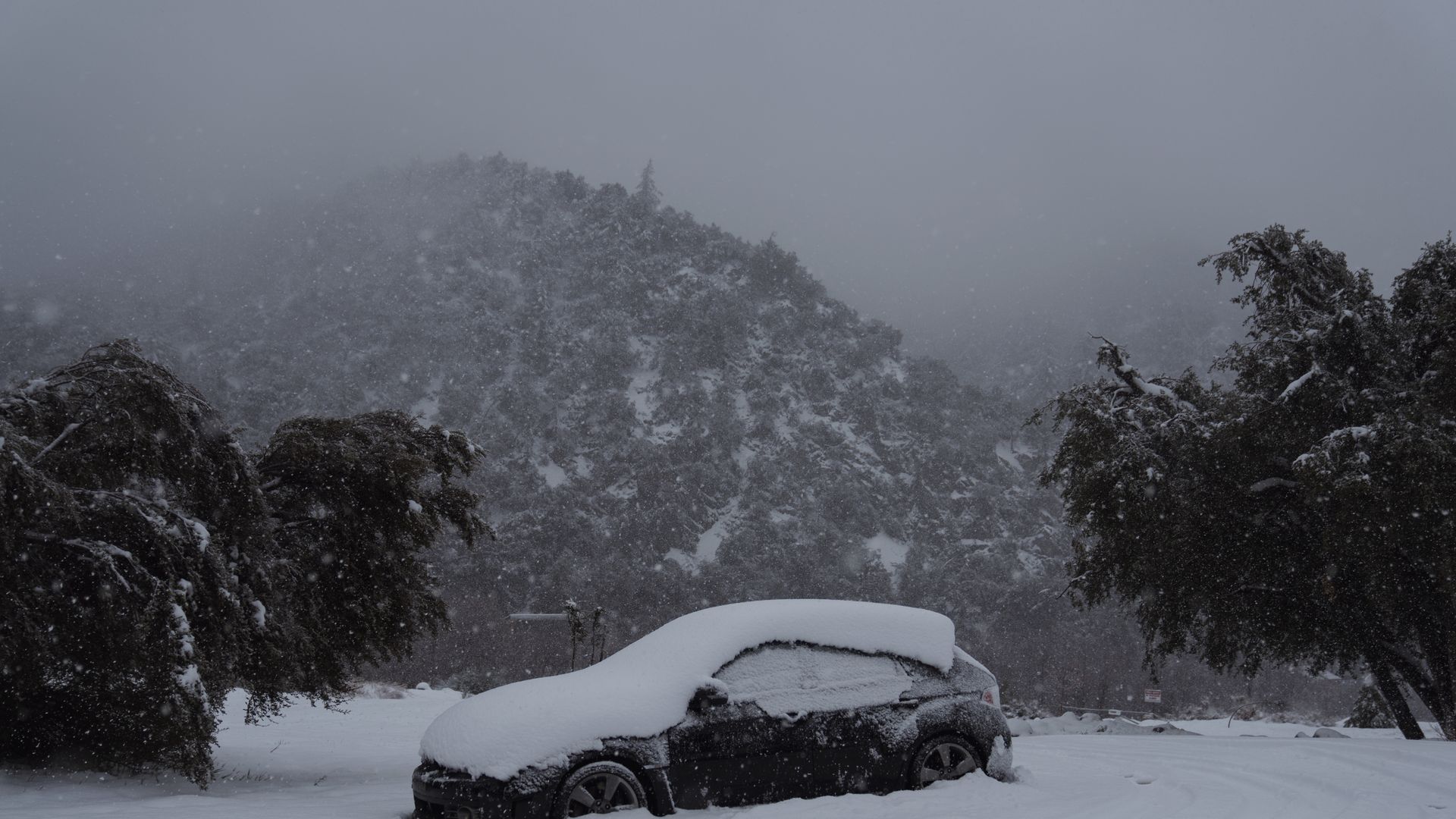 |
|
| A car covered in snow during a storm in Mount Baldy, Calif. on Feb. 24. Photo: Eric Thayer/Bloomberg via Getty Images |
| |
| The powerful late week storm that brought snow to unusually low elevations across California put up some phenomenal numbers — and another storm is now underway, Andrew and Axios' Rebecca Falconer write. By the numbers: Rainfall totaled up to 11.51 inches at Pine Mountain Inn and 4.92 inches in downtown L.A., and snow peaked at Mount High, which received 93 inches. What's next: Blizzard warnings are in effect in the Sierra Nevada Mountains for 4 to 7 feet of snow or more. Read more |
    |
| |
| |
| A message from ConocoPhillips |
| Advancing America's economic and energy future |
| |
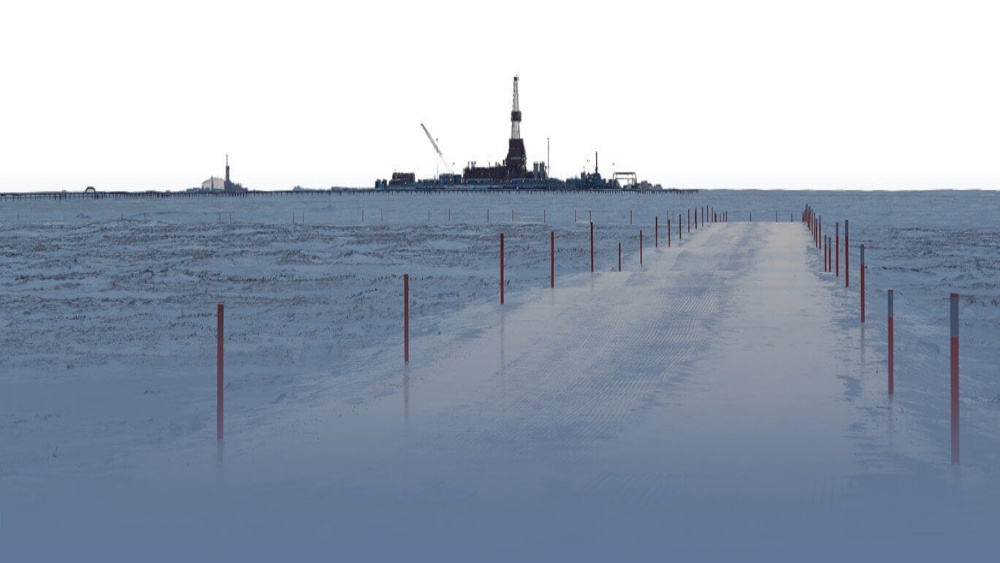 |
| |
| Willow will secure critical energy supplies for America, create around 2,500 jobs for union labor and generate billions of dollars to benefit Alaska's economy. What you need to know: The project has undergone multi-year environmental reviews with extensive public involvement. Get the details. |
| |
| *H/t to Albumism for today's musical intro. 📬 Did a friend send you this newsletter? Welcome, please sign up. 🙏 Thanks to Nick Aspinwall and David Nather for edits to today's edition. |
 | | Dive deeper into the future of energy | | |
No comments:
Post a Comment